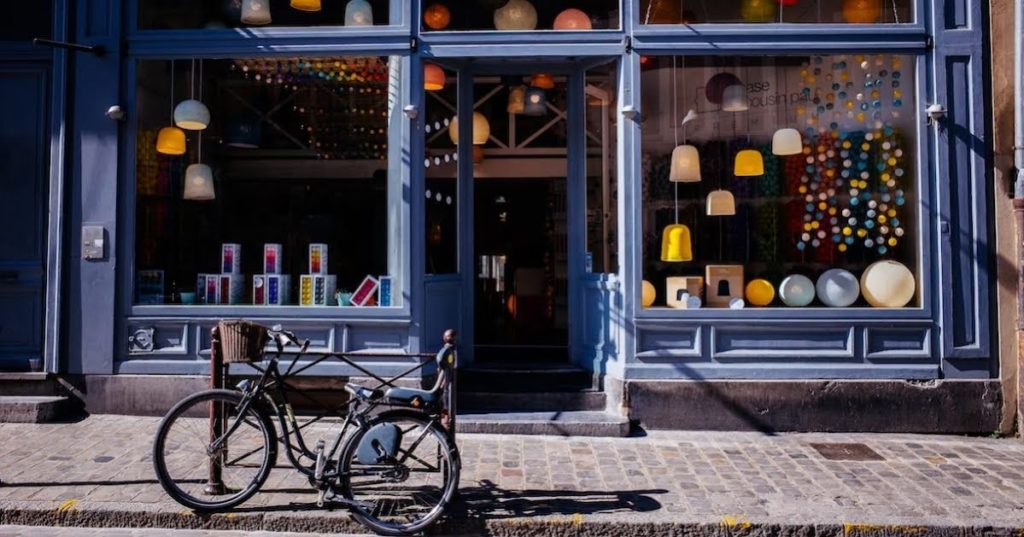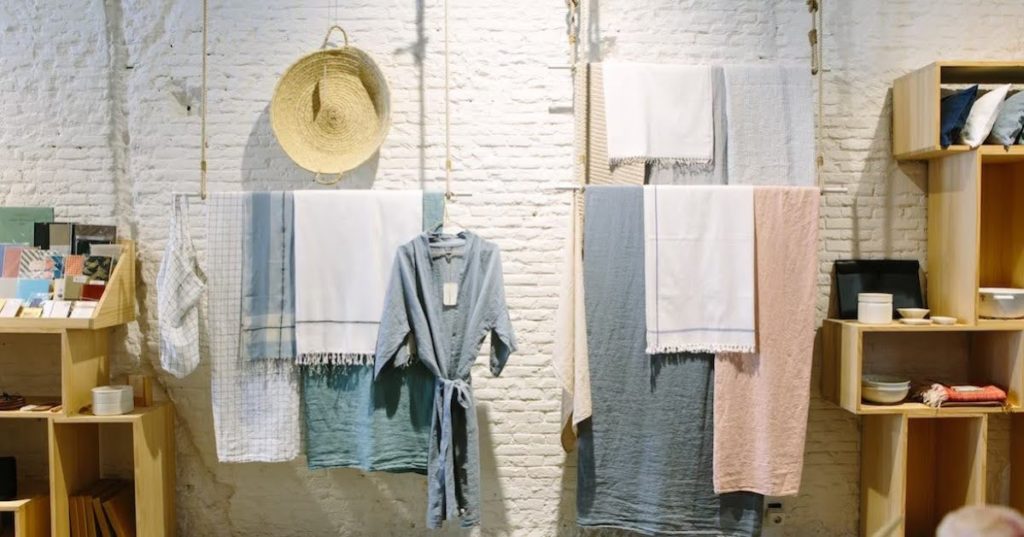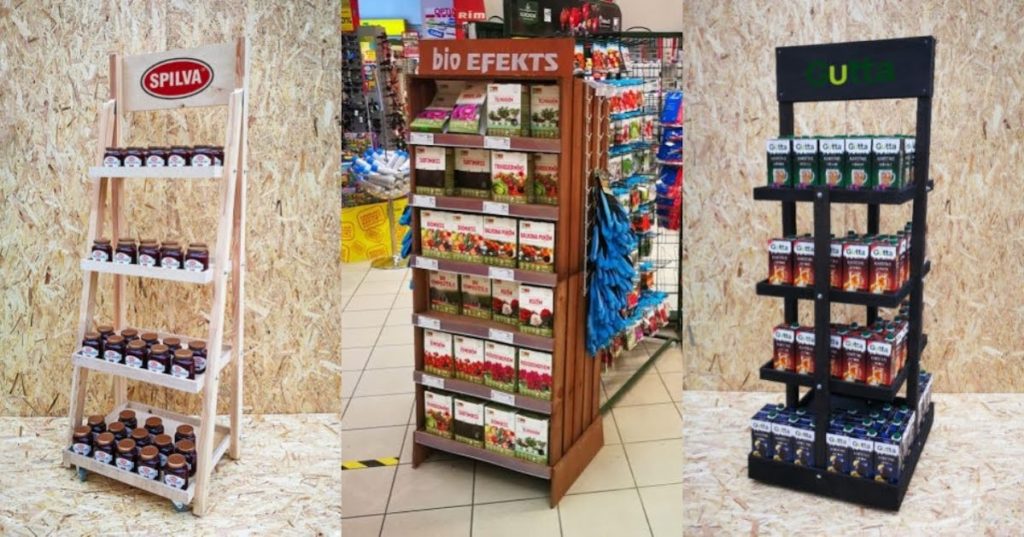Organizing displays is an important step to get more clients and brand recognition. A retail company’s ability to succeed can be greatly influenced by the technique of product merchandising, which involves carefully positioning and marketing products in a store.
The right kind of consumer might be drawn to your store, encouraging recurring business, higher transaction values, and social sharing. Consumers are still interested in and eager to purchase in person in brick-and-mortar establishments, even while hybrid shopping experiences continue to gain popularity.
According to a January 2022 analysis from the IBM Institute for Business Value affiliated with the National Retail Federation, over 3 out of 4 customers choose stores as their primary mode of shopping.
9 tips for product presentation
We’ve compiled nine tips for making product displays that will draw customers back to your shop.
1. Utilize focus areas and window displays to tell your tale
A customer’s first impression of your store and brand is formed by your window display. Window displays must be eye-catching, speak to a particular lifestyle, be consistent with the language and color scheme of your business, and entice customers to enter for more information.
Additionally, you can promote bargains, specials, seasonal goods, or new merchandise with window displays. Utilizing QR codes, you can even use window displays to make direct sales to passersby shoppers beyond business hours.
Once a consumer enters your store, your display should direct them to the key areas where your best-selling and most lucrative products are located. Consider the flow of traffic, the number of focal points you want, and if each focal point has adequate room for people to congregate.
2. Play with the colors
An effective color scheme can significantly alter how a product is displayed. To prevent creating a crowded or overpowering environment, try to keep your color palette to one major hue and two or three accent colors. Also, keep your color scheme consistent throughout all of your marketing platforms to increase brand recognition.
Look at your items’ packaging for inspiration and see if you can spot any color schemes that are used frequently. For instance, if the package is predominantly pastel, neon, or black & white, you might pick two or three complementing colors to tie everything together. Another calming option is a white or neutral background, which lets the goods speak for themselves.
3. Think about combining your items
Combining related or complimentary products in a single product display can enhance order values by encouraging customers to buy additional items while also assisting customers in visualizing possible uses for the products.
You can put things in groups according to color, space, theme, and other criteria. Consider combining back-to-school things, arranging accessories of similar colors together, or grouping kitchen items like mugs and teapots, as seen in the Spur Line Supply Co. image above.
Try to avoid grouping too many items that are similar together while putting your display together. For instance, offering a customer a bewildering array of candles on display side by side may discourage them from purchasing any of them.
There are specific points of visual interest that will draw your customers’ attention. At the same time, your customers will move to the things that you want them to see.
4. Draw clients in with touch and fragrance
By designing displays that invite people to interact with things by picking them up, smelling, or touching them, you can appeal to their senses. Consider lighting one of the scented candles or incense you sell as part of the display.
Unbox a sample of any products you sell that are packaged so that customers can hold them in their hands.
5. Signage can be used to educate visitors
Put modest signage and displays that inform clients about the product in strategic locations to highlight the distinctiveness of your goods. You may, for instance, put a tiny sign or plaque next to a handmade item to describe who produced it and where it came from.
Signage can also be used to elaborate on a product’s advantages or standout features. Customers want to feel confident about their purchase decisions, and using signage to provide more information about your products can help them feel that their money is supporting their values.
6. Ensure that your displays are properly lit
The quality of a product display is affected by ambient lighting, accent lighting, decorative lighting, and job lighting. Your main light fixtures should be bright enough for everyone to see the merchandise, without producing an unpleasant or glaring environment.
They also produce ambient lighting. Accent lighting should also be used in your focal points and window displays to bring visitors’ attention to important goods and signage. From there, you can think about decorative lighting to add another splash of color. For places where people need to see what they’re doing, like fitting rooms or cash registers, task lighting is especially crucial.
7. Keep things seasonal and new
If customers anticipate seeing something fresh with each visit, they are more likely to make repeated returns. Keep a calendar of occasions, celebrations, dates for new inventory, and seasonal shifts that may affect your in-store merchandising, and stock up on some accessories and supplies so you’re ready.
In the right retail setting, seasonal plants can also enhance displays and make for a pleasurable shopping experience. When you have new products, you can also update your product displays to excite your customers about what’s in stock.
A brand Color Wood Latvia specializes in custom wooden display stands and so much more. In the photo below you can see a few examples of how simple yet effective their display stands are. They love using wooden crates in their displays for that sturdy yet timeless finish.
8. Create some original shelving
You don’t have to use only conventional shelving while making an original exhibit. Try building your exhibit in novel and imaginative ways instead. Consider using a clothesline to hang items like greeting cards or tea towels, putting floating shelves around your store, or using benches or wooden crates as shelves.
Organize smaller items in trays or baskets, then hang clothing, towels, bandanas, and other items from a stylish wall ladder. Look through Pinterest boards of retail displays and trade show booths for ideas, and follow a few of your favorite retailers on Instagram to see how they present their merchandise.
9. Always keep in mind that less is often more
A packed store might not be welcoming. Avoid overstocking your shelves and racks because customers tend to associate open spaces in retail environments with higher value.
Instead, focus on organizing and cleaning, try to make the most of your available space, and make sure that customers of different heights can see everything. Everyone will always enjoy your retail space more after some organization and decluttering.
Now you have a few extra ideas for setting up your craft shop display.





